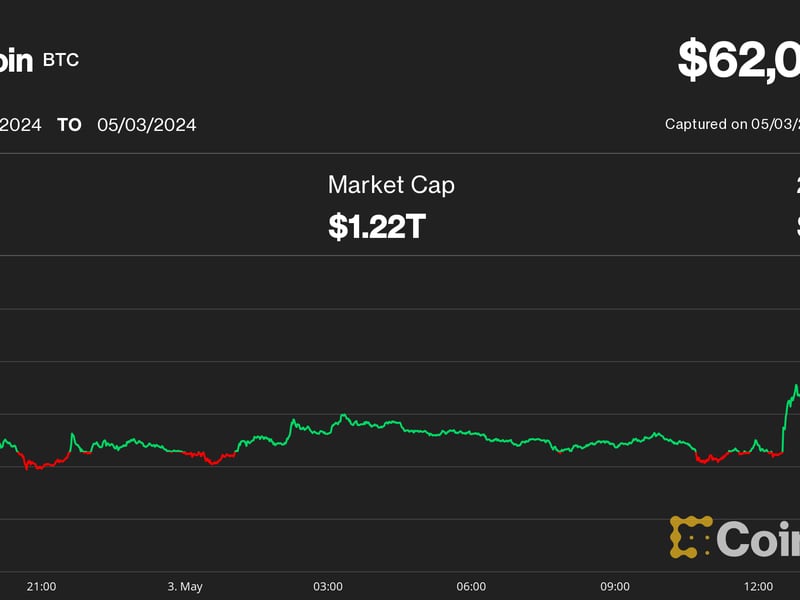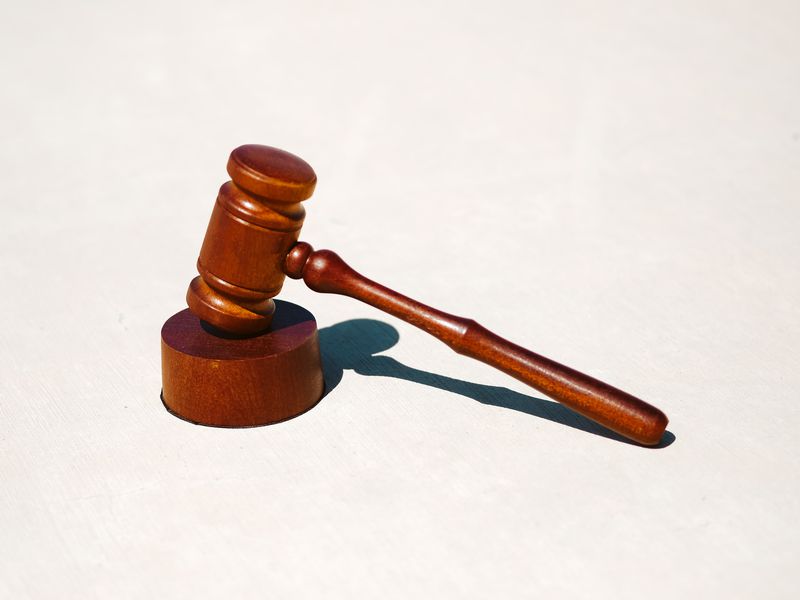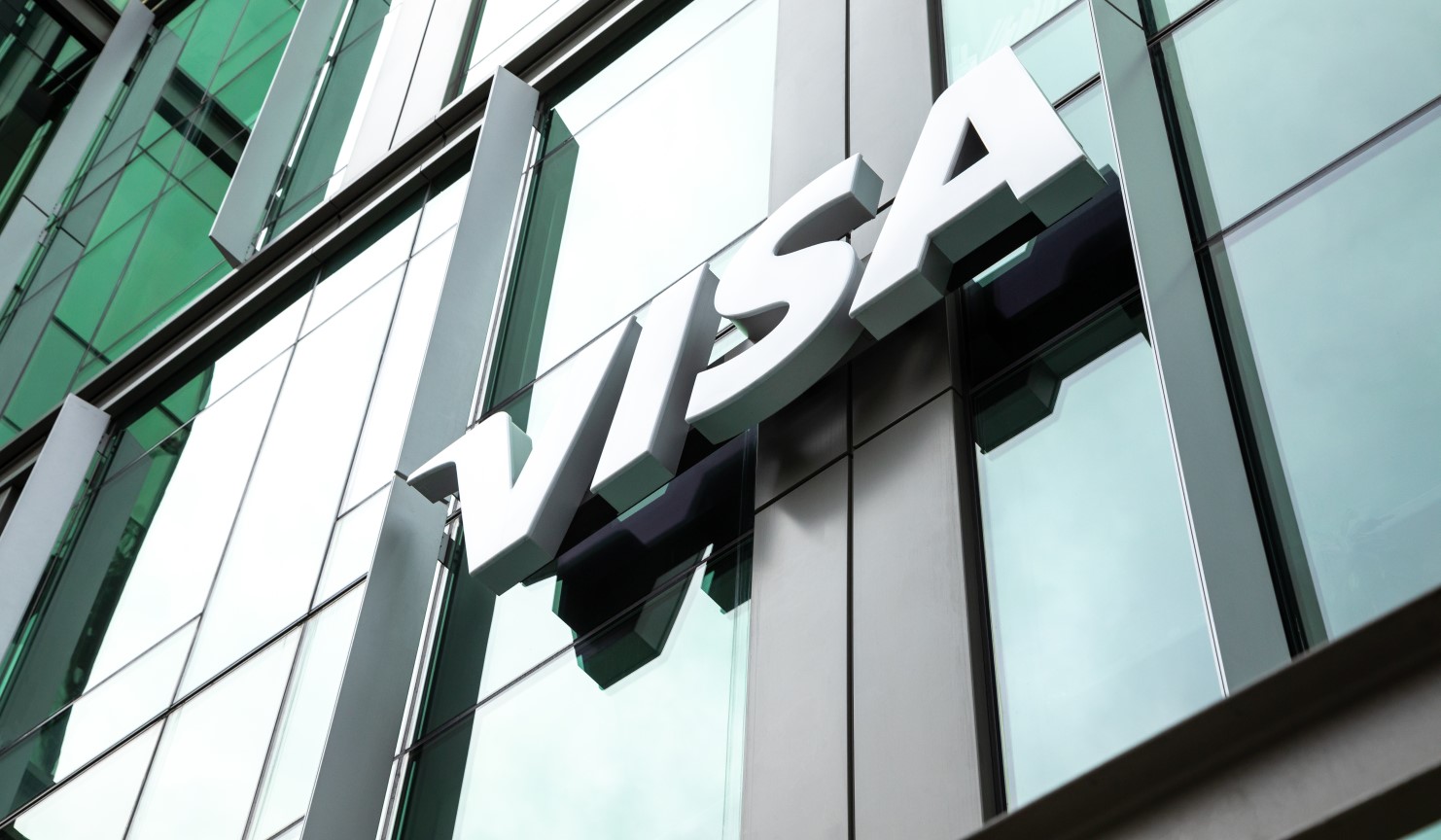Diamond Standard Launches Blockchain-Powered Token Backed by Real Gems

As a store of value, diamonds have their advantages over gold. They’re small, portable, and easy to grade. But, even though they pack in more value per ounce, diamonds are much harder to standardize into a form of exchange.
Now a company called Diamond Standard believes it has solved that problem by combining a hardware solution with a blockchain twist. How does it work? Gold is often traded in standardized “bars.” Diamond Standard is aiming to do the same with diamonds.
Diamond Standard sells sets of diamonds in coin-sized discs or credit-card-shaped bars, with each grouping worth exactly as much as other groupings assembled the same way. The Diamond Standard Coin and the Diamond Standard Bar are worth about $10,000 and $100,000 each, respectively.
“We created a diamond commodity by grouping sets of diamonds in a fair and transparent way,” said Diamond Standard CEO Cormac Kinney of his encased gems. “The sets are fungible, and the diamonds are independently certified.”
The new product, Kinney said, “only became possible with the blockchain, providing a permanent public record for each commodity’s diamond geological contents and provenance, and to enable remote auditing and transactions.”
On-chain diamonds
Investors use gold as a store of value and a hedge against other assets. Diamond Standard is betting that investors will find diamonds useful in a similar way once standardization and fungibility are introduced.
“Diamonds are a valuable natural resource, but unusable by institutional investors,” Kinney said.
By sealing them together, registering each one and tracking their provenance using a blockchain, the company says it has created a way trade diamonds at the speed of cryptocurrency. Owners can store their diamonds in secure vaults and audit them remotely. This allows users to trade the bars on the Diamond Standard exchange without needing to take the risk of carrying them.

The Diamond Standard Coin. (Courtesy photo)
That said, users can hold the Diamond Standard bars personally if they want but Kinney foresees that being a small part of the market. Additionally, he expects more than one diamonds-only exchange-traded fund (ETF) to launch with Diamond Standard bars as the underlying asset.
To enhance custody, the company will also make hardware that enables custodians to offer continuous auditability of their holdings over the internet.
Diamond Standard seems to have passed due diligence by a few investors. According to its founder, the year-old startup has more than $10 million in funding, with backing from a variety of investors, including Jamie Dinan, founder of York Capital Management, and Glen Kacher, founder of Light Street Capital.
As Bitcarbon tokens are purchased on Diamond Standard’s new exchange, the company purchases diamonds and creates the bars, using computer analysis to create groupings of precisely equal value. Thanks to an NFC chip implanted in each bar and a QR code, owners can track Bitcarbon trades and ownership with a smartphone.
Bitcarbon’s base protocol is EOS although Diamond Standard reports that its wallet has multichain functionality so transactions can run across multiple major protocols. At launch, the company will base Bitcarbon on ethereum as an ERC-20 token.
The new exchange applied to be regulated with the Bermuda Monetary Authority.
Zack Seward contributed reporting.
Diamonds image via Shutterstock









